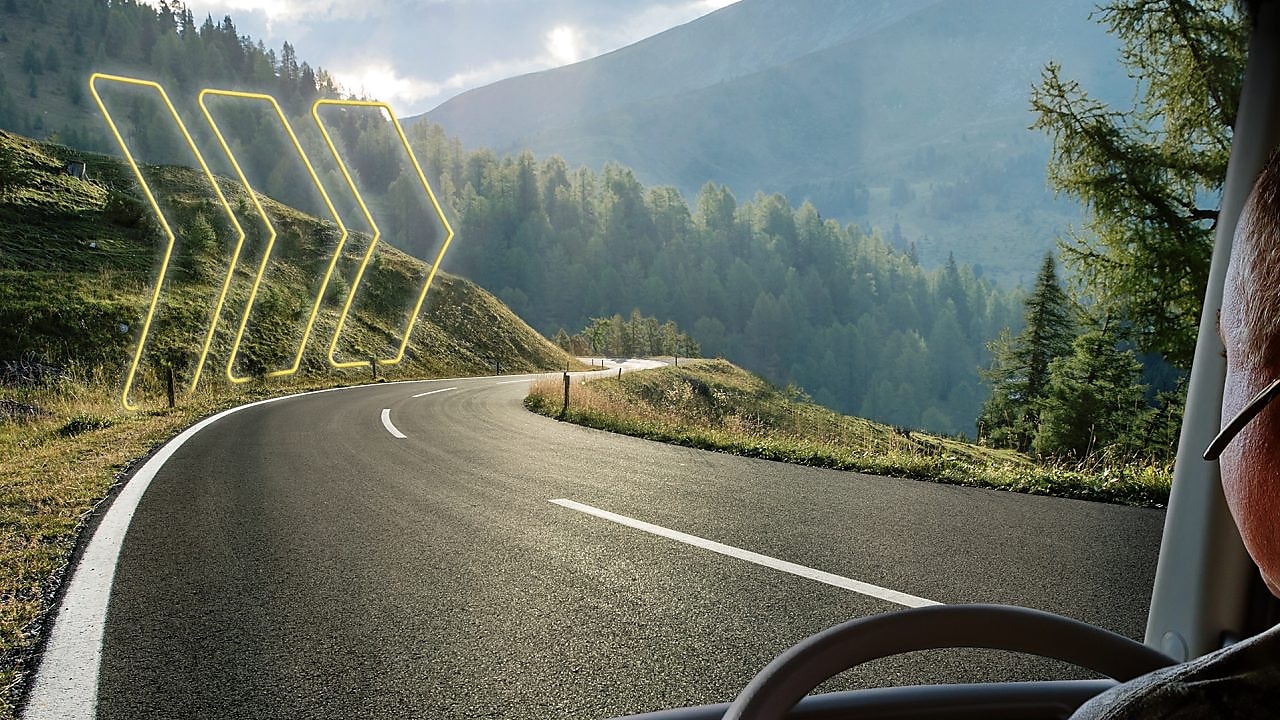When it comes to road safety, understanding the stopping distance of vehicles is crucial. In the case of road trains, which consist of multiple trailers pulled by a single truck, the stopping distance becomes even more significant. In this article, we will delve into the factors that affect the stopping distance of road trains and provide valuable insights into how long it takes for these massive vehicles to come to a complete halt.
- The Basics of Road Train Braking:
To comprehend the stopping distance of road trains, we must first grasp the fundamentals of their braking systems. Road trains typically employ air brakes, which utilize compressed air to transmit force from the truck's cabin to the brakes on each trailer. This synchronized braking mechanism ensures that all the trailers decelerate simultaneously. - Factors Influencing Stopping Distance:
Several factors contribute to the stopping distance of road trains. It's essential to consider these variables to accurately estimate the time required for a road train to stop: a. Speed: The velocity at which a road train is traveling plays a significant role in determining its stopping distance. As the speed increases, so does the distance required to bring the vehicle to a halt. The kinetic energy of the moving road train must be dissipated through the braking system. b. Weight and Load Distribution: The total weight of the road train, including the truck and all the trailers, affects the braking performance. Heavier loads require more force to stop, resulting in a longer stopping distance. Additionally, the distribution of the load among the trailers influences the stability and braking efficiency of the road train. c. Road Conditions: The condition of the road surface greatly impacts the stopping distance. Factors such as wet or icy surfaces, uneven terrain, and the presence of debris can significantly reduce the traction between the tires and the road, thereby increasing the stopping distance. d. Braking System Efficiency: The effectiveness of the braking system, including the condition of brake pads, air pressure, and overall maintenance, directly affects the stopping distance. A well-maintained and properly functioning braking system ensures optimal performance and shorter stopping distances. - Calculating the Stopping Distance:
To estimate the stopping distance of a road train, various formulas and calculations can be employed. One commonly used method is the "thinking distance + braking distance" approach. The thinking distance refers to the distance traveled by the road train during the driver's reaction time, while the braking distance represents the distance covered while the brakes are applied. The thinking distance depends on factors such as driver alertness, visibility, and reaction time. On the other hand, the braking distance is influenced by the speed, weight, road conditions, and braking system efficiency. By adding these two distances together, we can obtain an approximation of the total stopping distance. - Real-World Examples and Safety Considerations:
To illustrate the practical implications of road train stopping distances, let's consider a scenario where a road train is traveling at a high speed on a wet road surface. Due to the increased speed and reduced traction, the stopping distance will be significantly longer compared to ideal conditions. This emphasizes the importance of maintaining appropriate speeds, especially in adverse weather conditions, and ensuring regular maintenance of the braking system.
Conclusion:
Understanding the stopping distance of road trains is crucial for both drivers and road safety authorities. By considering factors such as speed, weight, road conditions, and braking system efficiency, we can estimate the time it takes for a road train to stop. It is imperative to promote awareness of these factors and encourage responsible driving practices to ensure the safety of road train operators and other road users.

